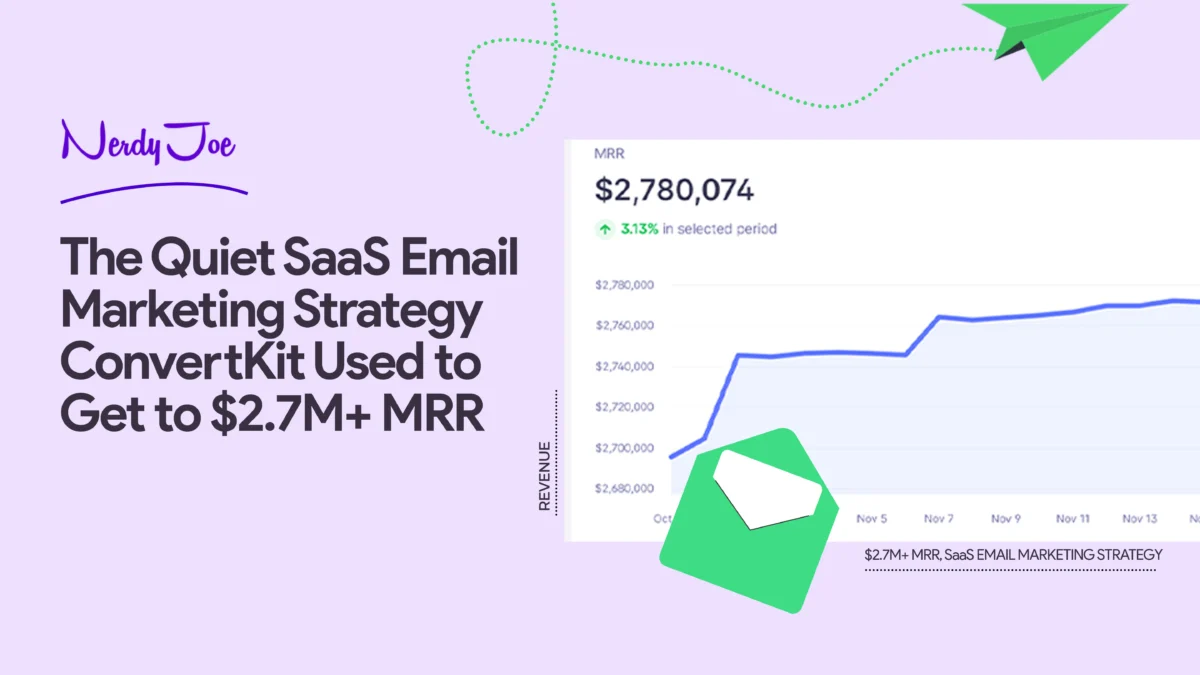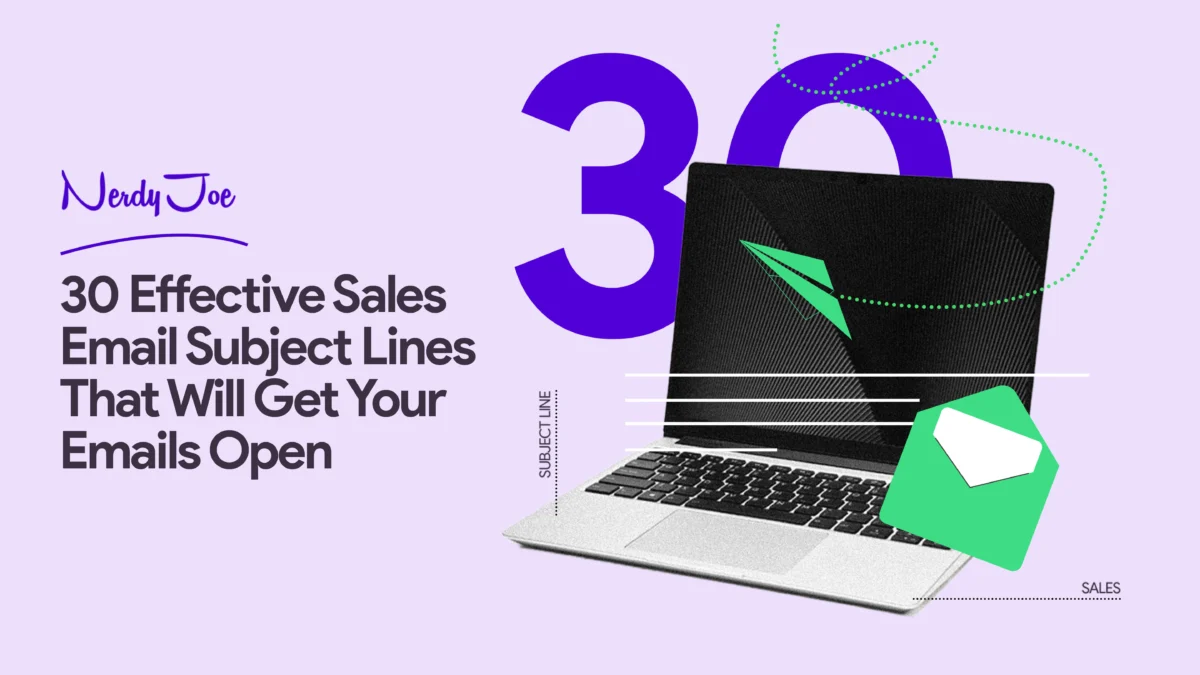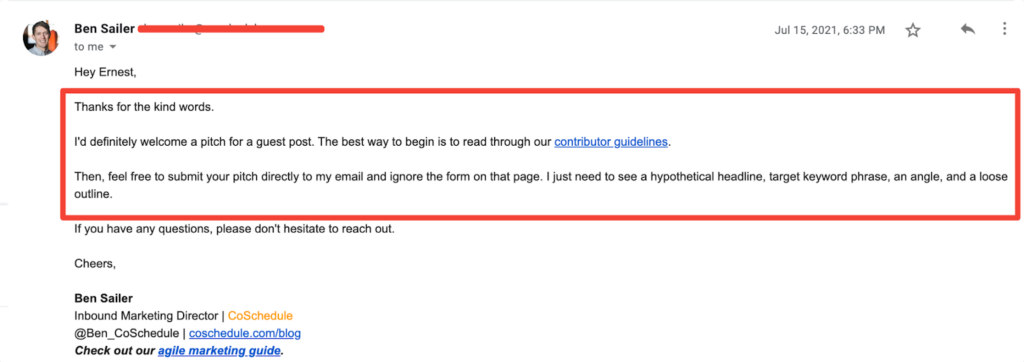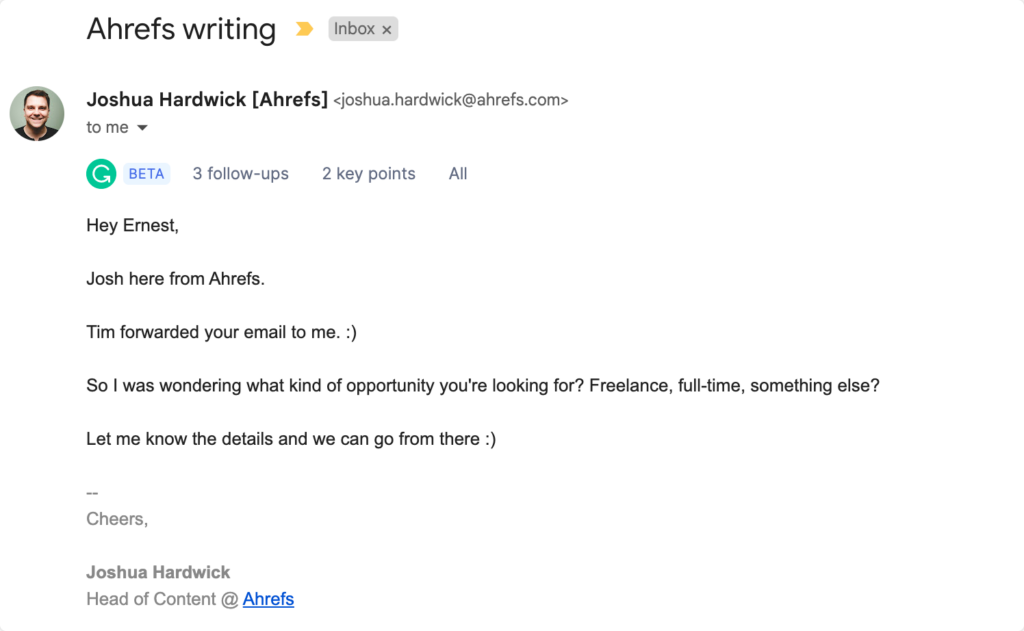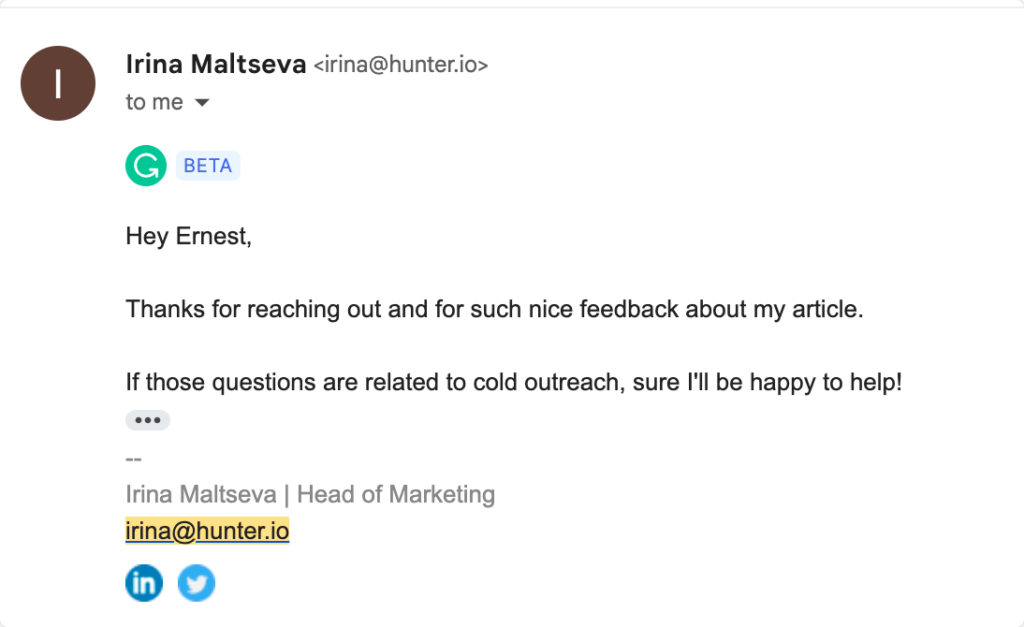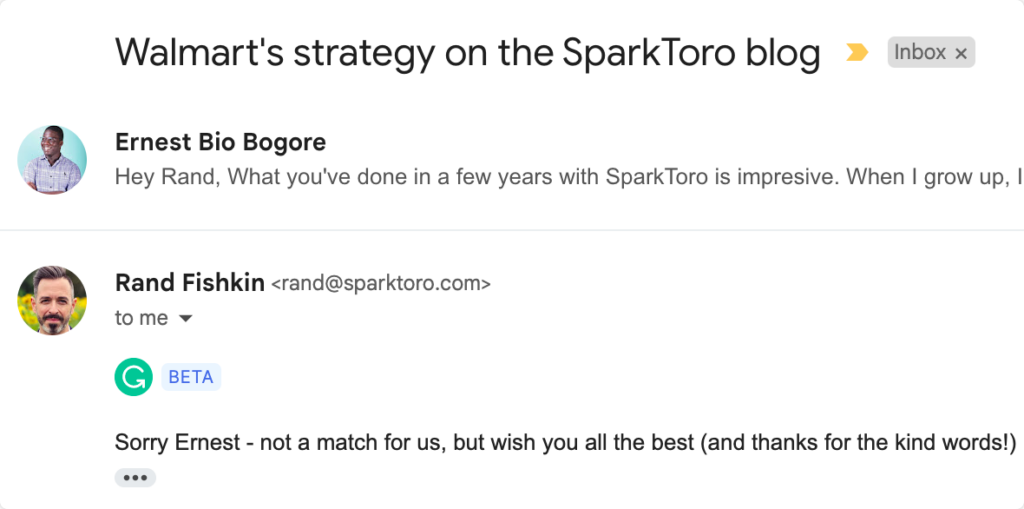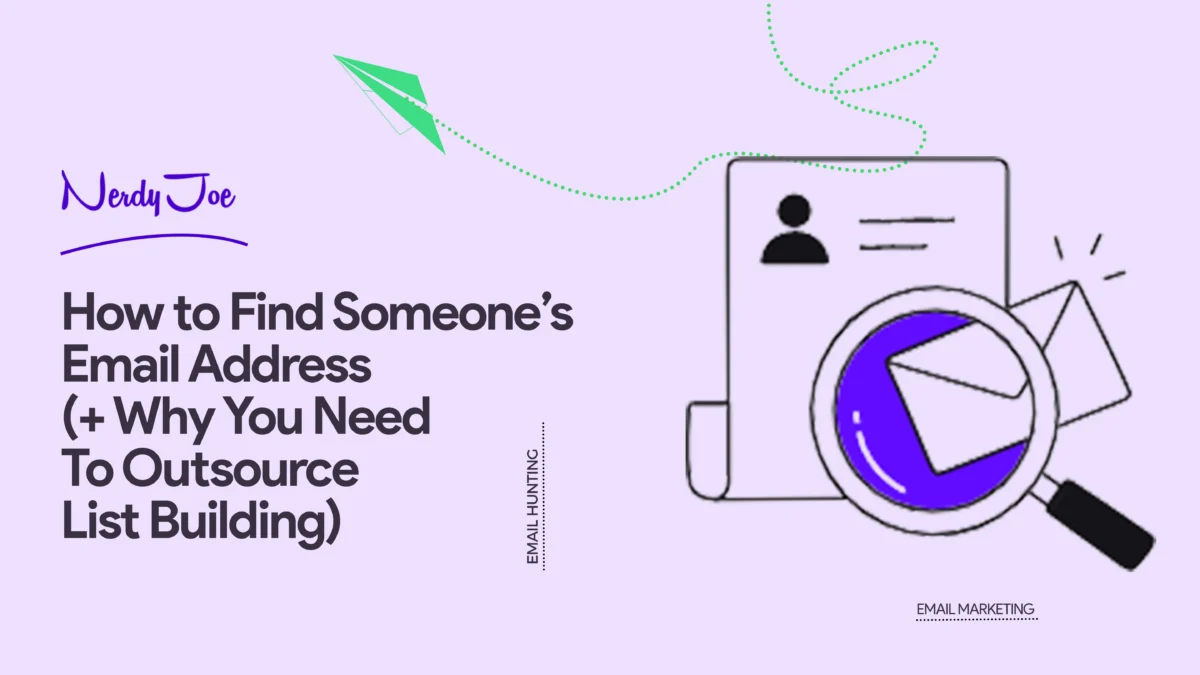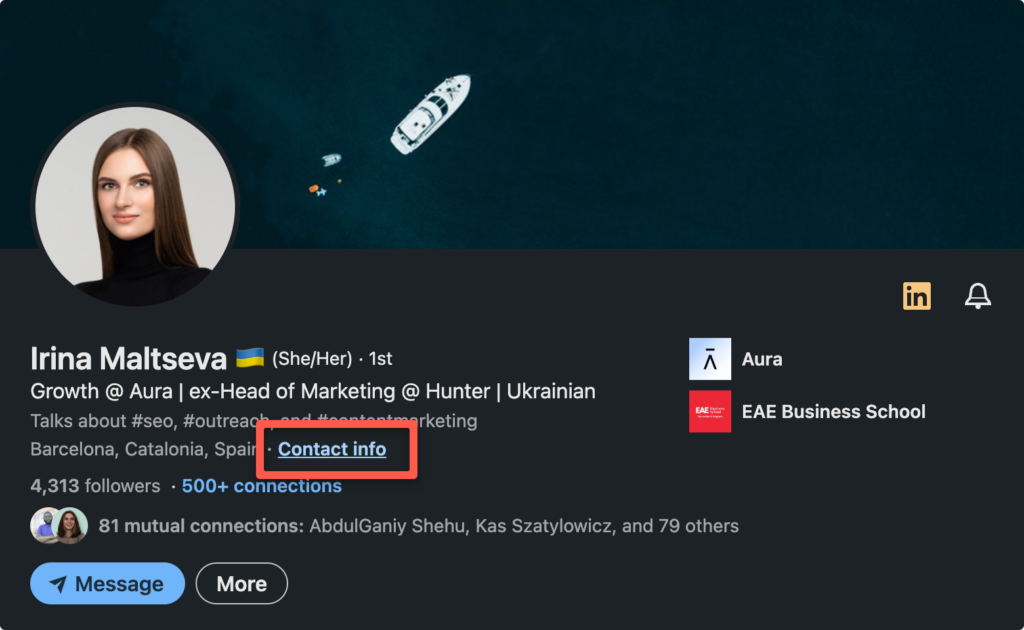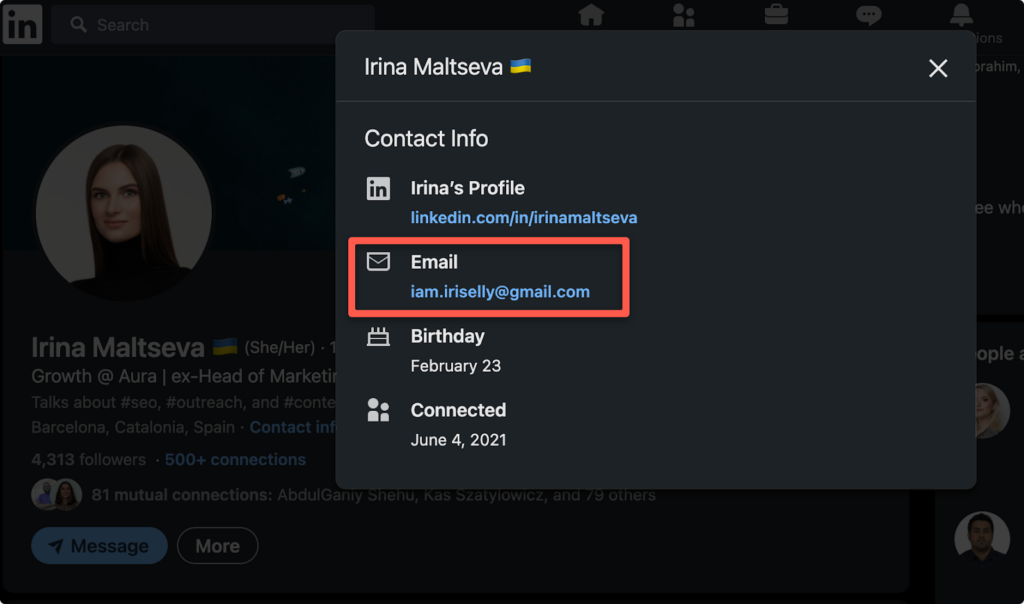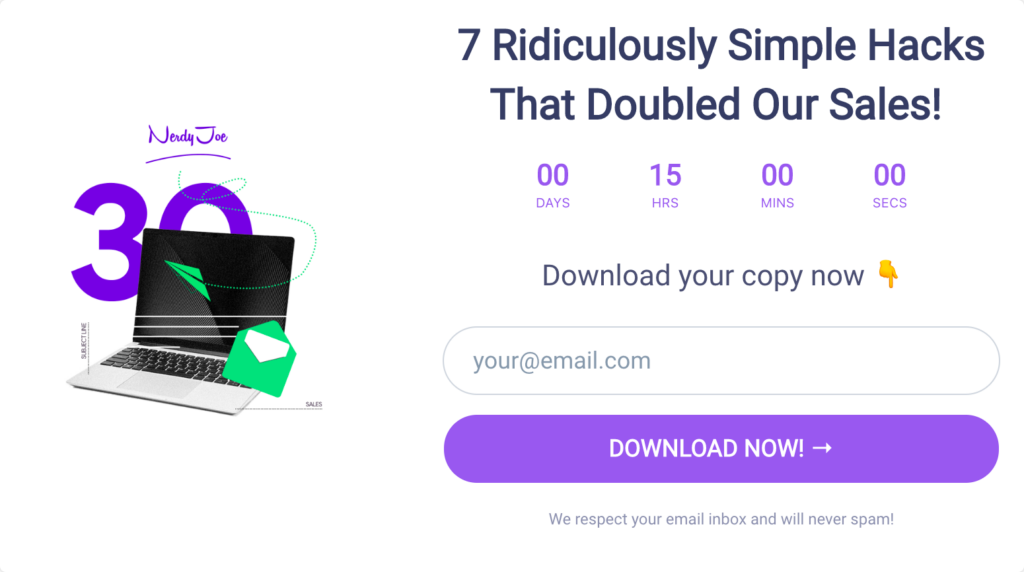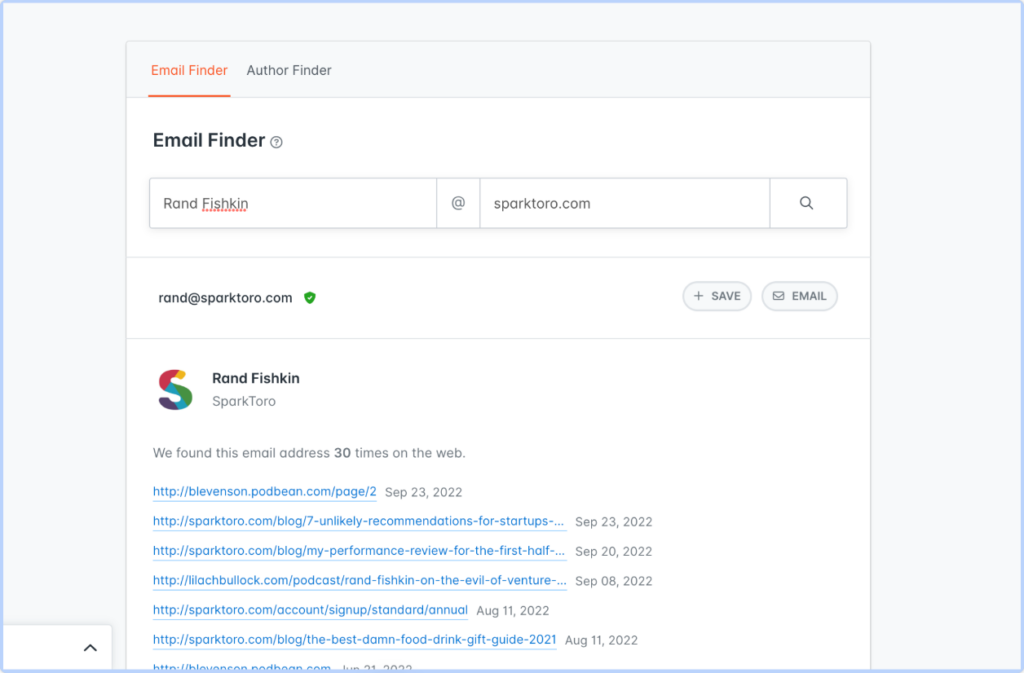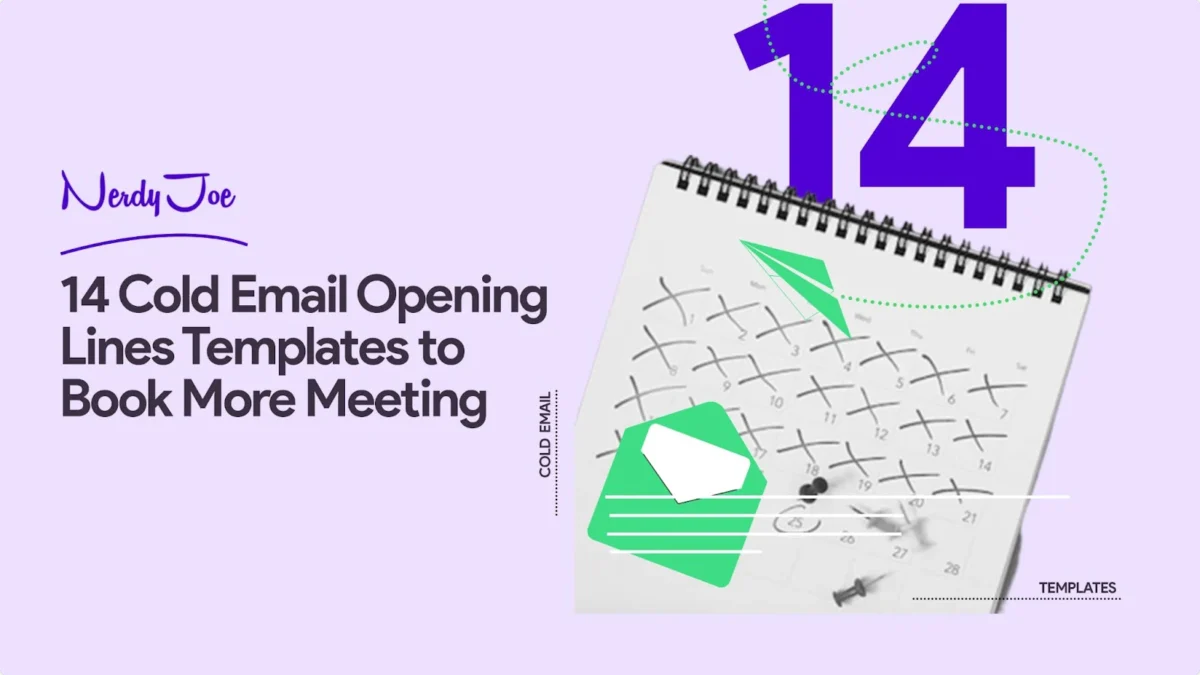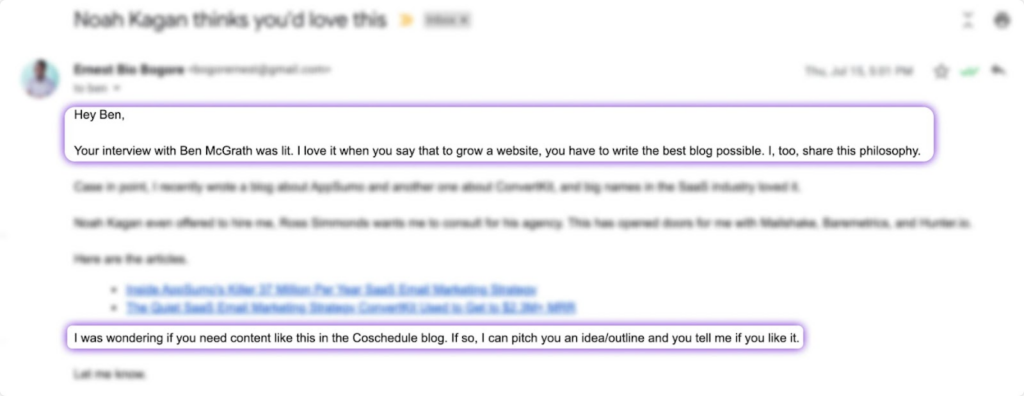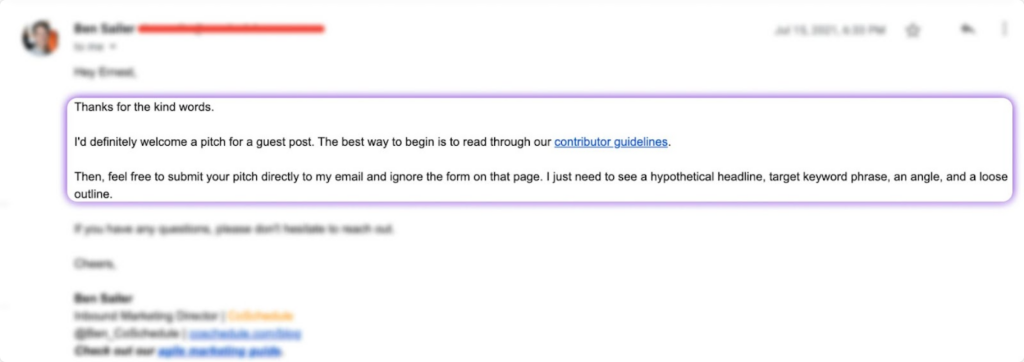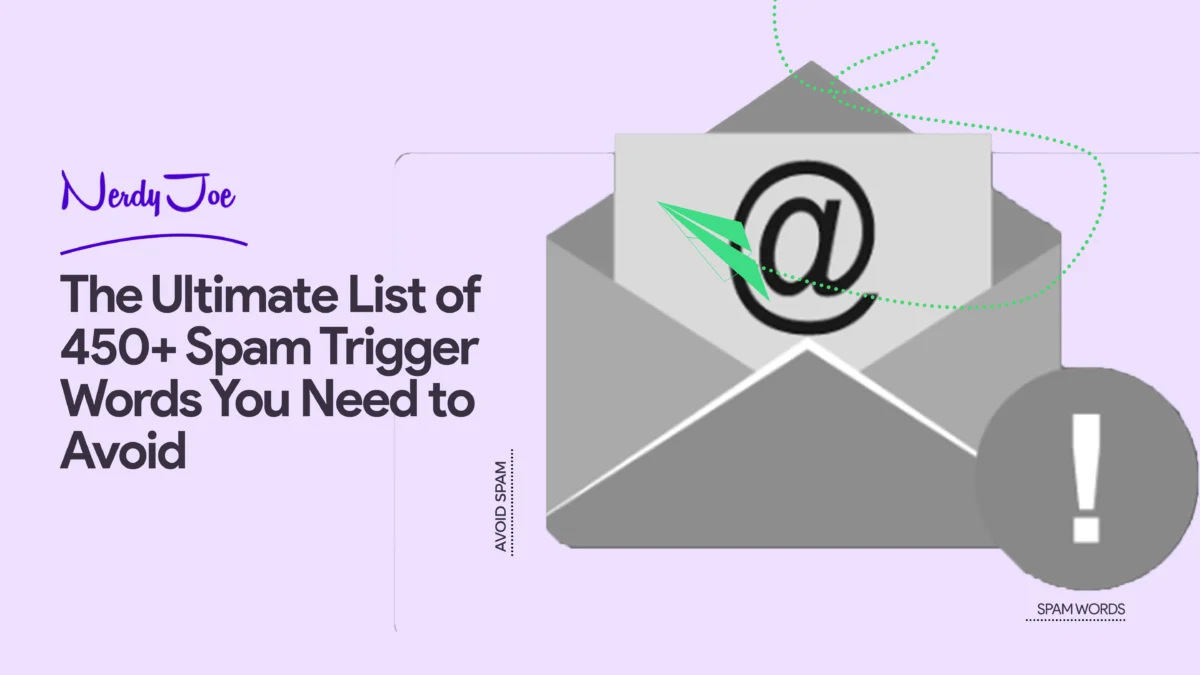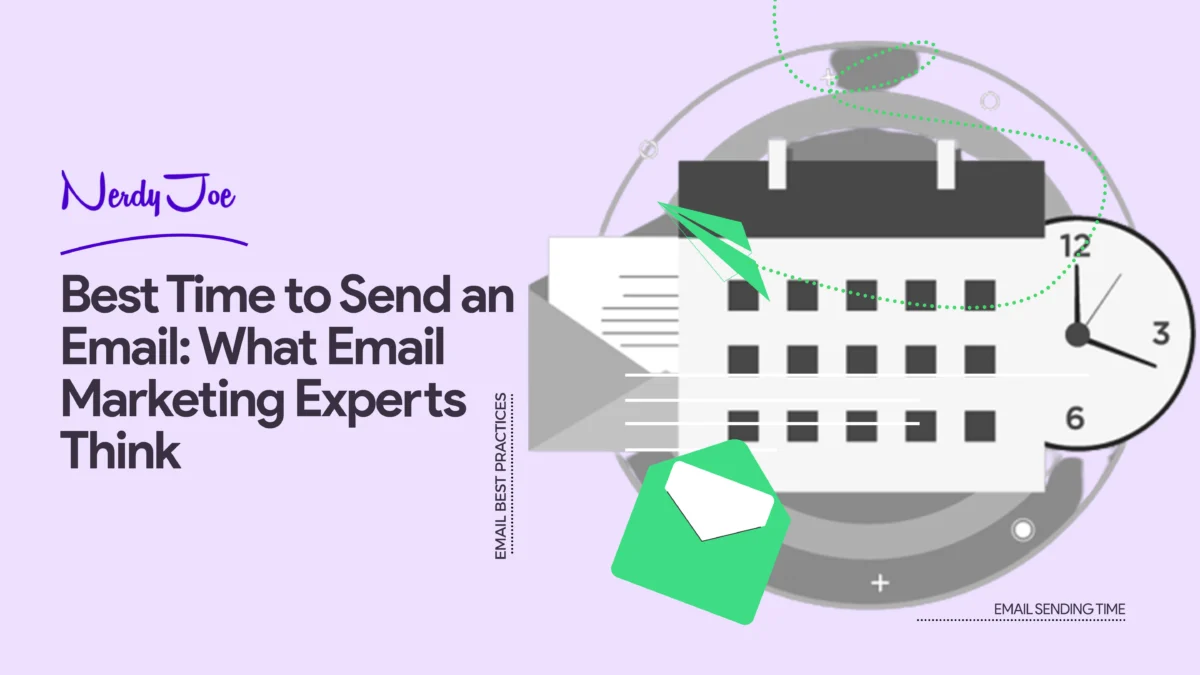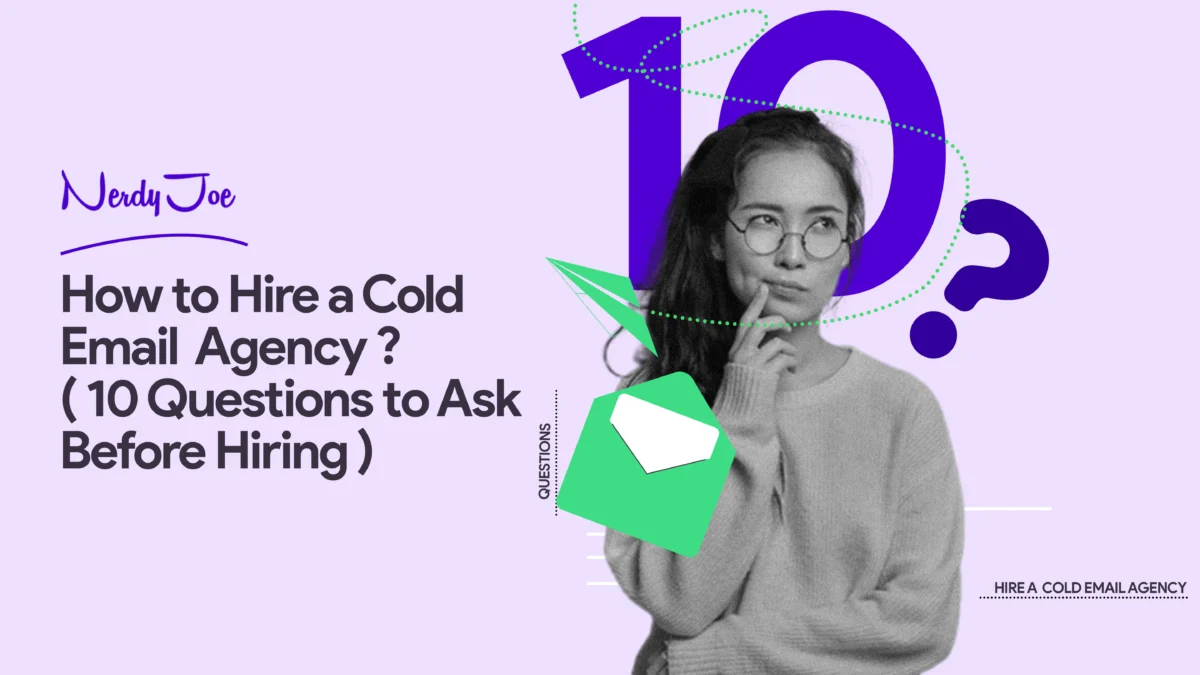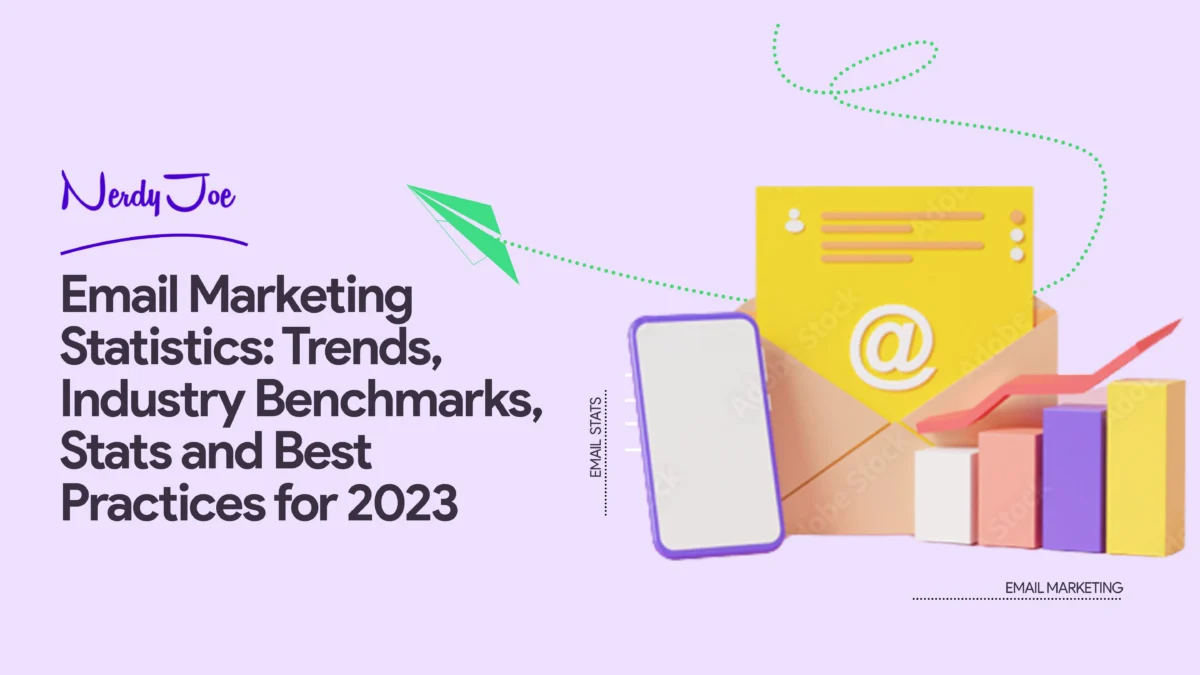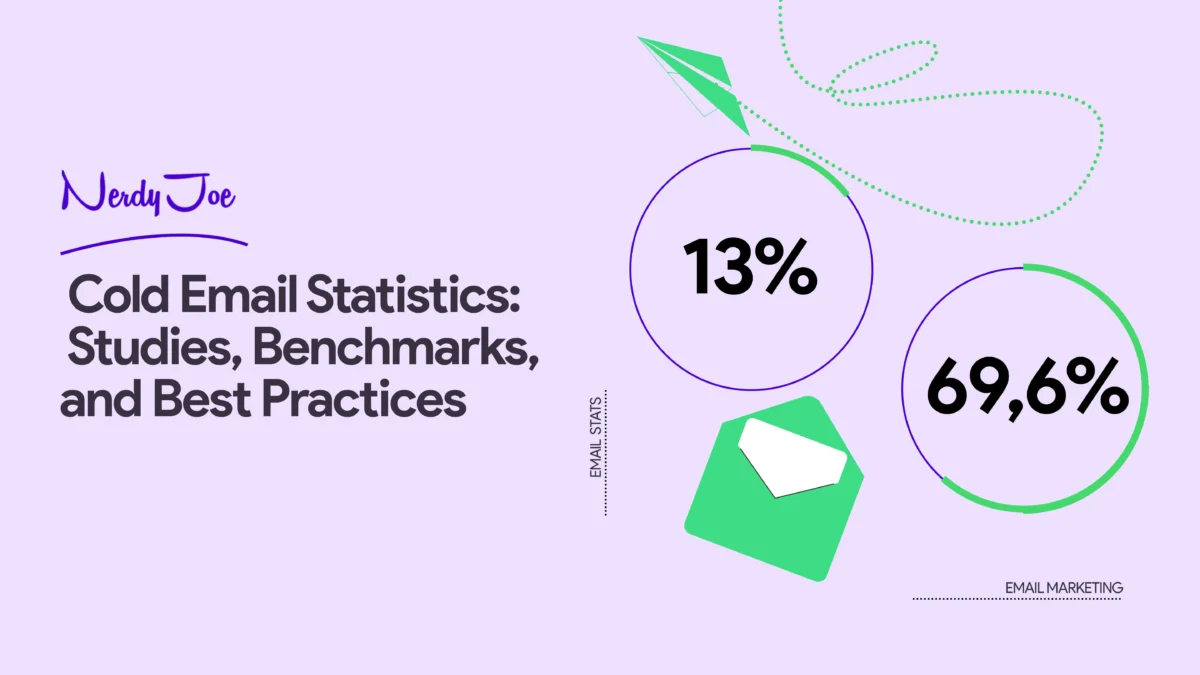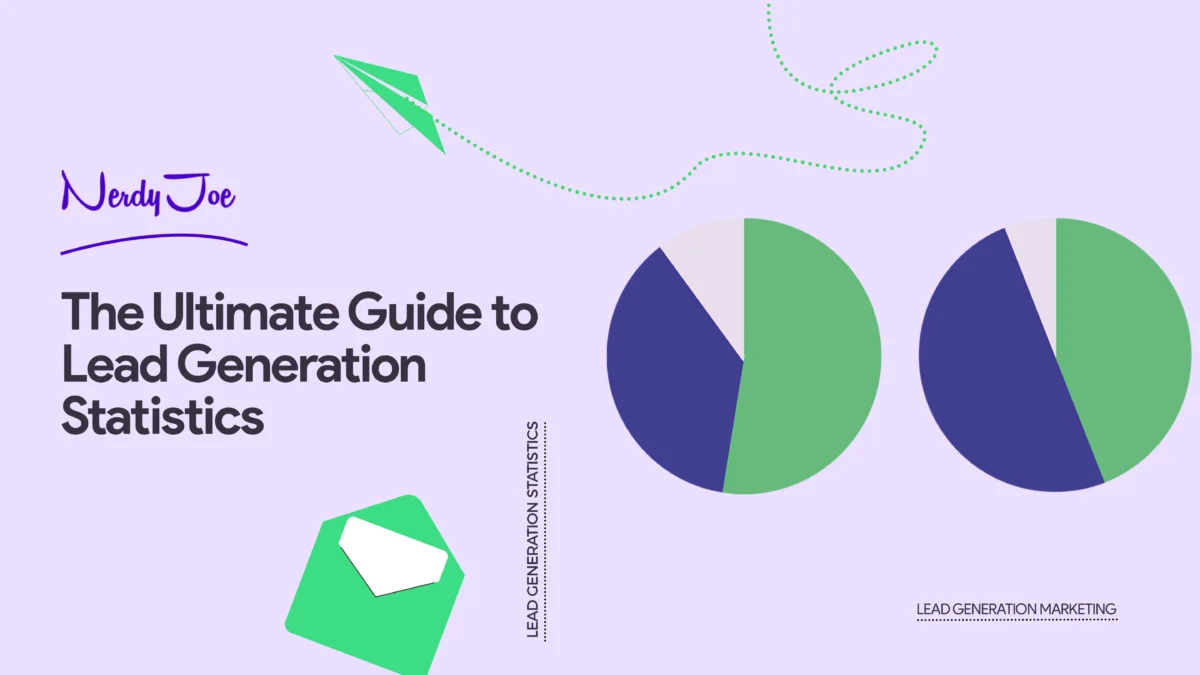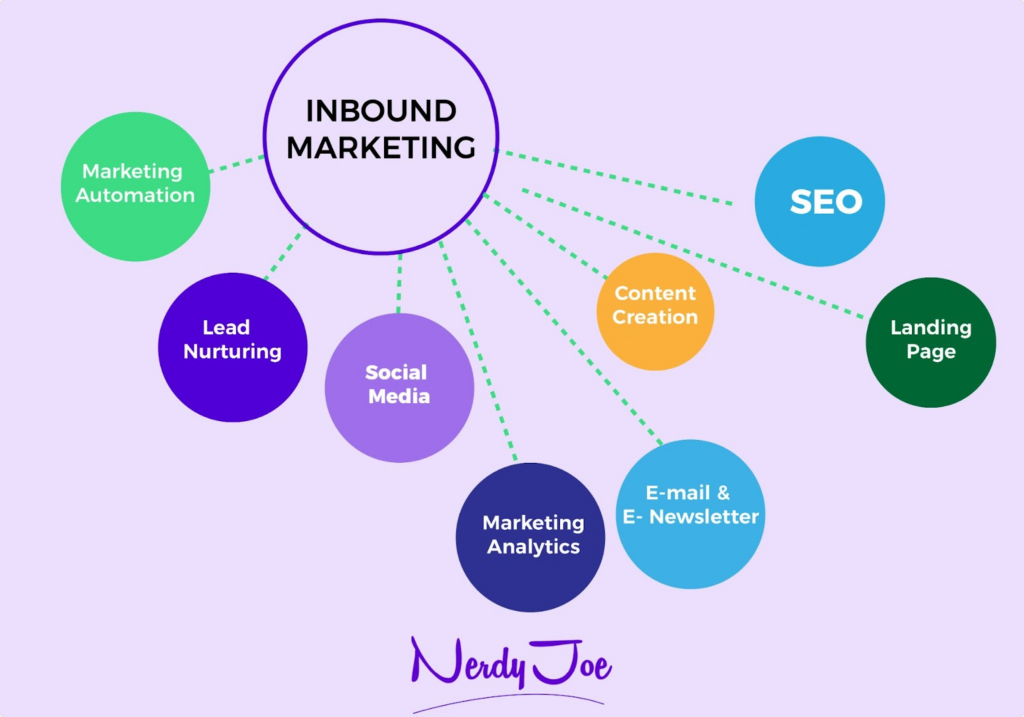4 SaaS Email Marketing Strategies That Helps ConvertKit Make $2.7M+ MRR
If you have been in SaaS for at least a few years, odds are you know that the internet was not short of email marketing solutions at the time ConvertKit established itself as one of the most prominent email marketing software.
In fact, prior to hitting $2.7M+ MRR, ConvertKit has gone through some tough times to achieve success, especially in the flourishing days of many heavy-hitters like MailChimp, AWeber, and Hubspot.
Now that leads us to the billion-dollar question: How did a small fish like ConvertKit make a name for itself in that big pond?
- $2.7M+ MRR

- $26+ Million Cash Flow

- 5.47 Million Visits Per Month

- 44K+ Active Users

- $60+ ARPU

- and more
- and more to come…
Many articles describe the bumpy road that Nathan Barry, the founder, and CEO of ConvertKit, took to bring his company from the bottom to today’s industry leader. In fact, you can see it all here.
But the one thing they fail to mention is the email marketing strategy that encouraged this growth.
So we’ve taken it upon ourselves to break down ConvertKit’s SaaS email marketing strategies that helped achieve an MRR of over $2.7 million, with actionable takeaways to get you up and running quickly.
Now for the sake of this article, we don’t mean that email marketing is the only marketing channel that helped ConvertKit grow to $2.3 million in monthly revenue.
Let’s start with an in-depth look at the SaaS email marketing strategy ConvertKit used to achieve a $2.3+ million MRR.
How ConvertKit Built and Grew Its Email List
One of the best techniques Nathan used to grow his business was to position it in a specific niche.
But niching down is only one piece of the puzzle. There was also a well-thought-out SaaS email marketing strategy behind the phenomenal Convertkit’s success.
To start, Nathan built an email list and found ways to expand and grow it. Then, he used that list to promote Convertkit and get subscribers to pay for his services.
Nathan needed to develop his prospect and customer base to grow his business. And as you know, developing an email list of prospects and customers isn’t the easiest thing on earth.
So here’s how he did it.
#1 Leveraging lead magnets and a community
Nathan is a marketing genius.

Creating a community for his target audience helped him build an audience for ConvertKit, long before the actual launch of the software.
In addition, it gave him a channel to communicate with prospects and customers and encourage them to promote ConvertKit’s tools and email list.
How?
By gating access to the community. In fact, to join the community, every user is required to sign up with their email address.

On top of that, since most community members are people with a huge fan base, they quickly spread the word, which sparked virality around Convertkit.
Some people like to call it influencer marketing, but it’s more like leveraging the power of user-generated content.
More on that further down in the next section.
To get members to spread the news about the community, Nathan used to share his knowledge for free.
This strategy was successful mostly because the type of content Nathan was sharing for free was the kind that influencers at the time were selling for $997.

#2 Using user-generated-content to capture leads
When you have a community made up of your customers and potential future customers, you don’t have to do the talks every time to grow your business.
The content created by the people inside the community will do just as fine.
Here is an example:

Actually, any content associated with your business created by someone who is not an actual member of your company is a kind of social proof you can use to promote your business and attract more leads.
But, more importantly, it’s free advertising for your business.

How ConvertKit Leverages Its Email List to Make Money
#1 Building a powerful onboarding sequence
When a customer buys a product from your company, you have one and only one chance to make a great first impression.
Once that impression is formed, it can be very difficult, if not impossible, to change their perception.
Nathan and his marketing team understand that getting someone to become a customer is only half the battle. Delighting the customer enough to stay for the long term is the biggest challenge.
Statistics show that 74 percent of consumers expect to be onboarded as soon as they buy a product.
In addition, it has been proven that new leads are most engaged within the first 48 hours of subscribing.
One surefire way Convertkit turns every user into a long-term fan is by using a powerful onboarding email sequence. And this is what allows them to minimize churn rate.
Nathan and his team’s secret sauce is to prove to each subscriber that they are important — and not just another email address in Convertkit’s large email list.
When you subscribe to Convertkit, you receive a succession of emails that aim to establish a long-term relationship that is not just transactional.

For example, the first email you receive is from a person named Angel.
This email is recipient-centric and doesn’t ask much of the recipient. More importantly, it contains no intention to sell or discount.

The second email in the onboarding sequence is from Nathan Barry himself.
In the email, he talks about why he created Convertkit and offers to help grow your email list and get your first 10 email subscribers.

He also makes an introduction to Tradecraft, their online publication to help creators earn a living.

The third email is from Haley, who is the Community Manager of Convertkit.
This email is an official invitation to join the community.
Again, it’s an offer that suits the Convertkit user because it will give them a chance to connect with other users and share experiences.
Here is what makes these three emails great:
- The pronoun “YOU” was used 84 times in the three emails combined.
- The pronoun “I” was used 9 times in all three emails.
- Each of the emails came from a person which gives them a human feel.
- The copy contains 0 promotional words.
- Instead of asking, Convertkit gives and hosts a free webinar to any new subscriber who is struggling to find their way around.
Read more: How to Create Cold Email Sequences That Drive Sales
#2 Turning subscribers into fans by teaching and educating them
At Convertkit, the culture of giving is strongly accentuated. This is nothing new.
Since the beginning of the company, Nathan Barry would do the migration from an email service provider to Convertkit for his subscribers for free.

This same culture has continued over the years and is now part of Convertkit’s DNA.
According to Nathan, “the more you teach and giveaway, the more your subscribers will trust you.“

In the early days, when Convertkit was in development, Nathan would give away his knowledge for free in exchange for subscribers’ email.

This allowed him to gain the trust of subscribers and turn them into real fans who would be willing to buy from him.

But Convertkit wasn’t just about ebooks. They were also giving away free courses while most companies and online entrepreneurs were selling theirs for $997.
As a result, more than 100k people visit Convertkit’s website per month expecting to learn and go away with something valuable.

But Convertkit didn’t stop there. In each of their email broadcasts, they’re more likely to help the recipient instead of selling them a product.
This has created a craze among the recipients and as a result, Convertkit is getting over 100k visitors to their website.

Oh, did we mention that those 10k+ visitors came from their email list alone?

By applying Nathan Barry’s philosophy, which is “Teach everything you know, and turn your customers into true fans,” Convertkit has managed to build a true fan base that is willing to spend on the brand’s products.

#3 Using email as a channel for direct sales
If there are 100 people in the world who know the value of an email list, Nathan Barry is one of them. No doubt about it.

As mentioned above, opt-in forms were one of the first elements Convertkit featured in the early versions of their website.
It allowed them to quickly grow their email list. More importantly, it allowed them to have a customer base ready to buy their product.
But before the list was warmed up, Nathan would look for emails from authors who use his competitor’s services — like MailChimp, AWeber, and InfusionSoft — and offer them to use Convertkit.
According to Nathan himself, it was this strategy that allowed Convertkit to grow from $1,300 to $725,000 MRR.
How did they do it?

At first, they targeted authors — who don’t have a large community — but since that wasn’t scalable, they re-focused their direct sales outreach on professional bloggers with 30,000 to 250,000 email subscribers.

This brought them clients like Pat Flynn, Suzi Whitford, and many other internet sensations.
And that’s when they started to see momentum because the emails gave Convertkit traction and it quickly turned into referrals.

Here’s an example of the email Nathan sent to bloggers who use Convertkit’s competing services.

And each time, they classified each lead in the category in which they fell in the sales funnel.

But despite the success of this strategy, Nathan remained obsessed with the size of his email list.
Recently, Convertkit acquired FanBridge, a leading email marketing platform serving musicians since 2006. FanBridge added a list of 25 million emails to the more than 100 million active emails that Convertkit has.
Read more: 650+ Power Words to Boost Your Conversion (+ Templates)
#4 Sending promotional emails to encourage upgrades
As of this writing, Convertkit counts 44576 active users.

And of all these users, 32% are free users, that is 11959 users in total.

To convert these free users into paid customers, Convertkit uses promotional emails. A study proved that 75% of consumers report scouring their inboxes just to look for relevant discounts.
Read more: 15 Cold Email Templates to Boost Your Sales
Being aware of this, Convertkit offers coupons that incentivize recipients to upgrade their plan.

And thanks to these promotional offers, the number of upgrades is constantly increasing.

To sell or increase upgrades through emails, Nathan Barry has a very specific framework. Here is what the framework looks like.

In a more practical way, here is how Nathan uses it.

This strategy allows you to gain subscribers’ trust and show them that you care about them.
Read more: How to Write Cold Email Opening Lines That Get Replies
Key Takeaways
There you have it. The folks at the company used SaaS email marketing to boost the growth of ConvertKit.
Yet, Nathan didn’t put email at the forefront of growing his business, but he didn’t achieve success without it either.
And the email marketing he used was very effective. Here are a few things to keep in mind.
- Expand your prospects’ base
Expanding your prospect base entails all the effort you can put into building and growing your email list.
This is the starting point of any email marketing strategy. Find ways to attract as many people as possible to your business. You can create a community like ConvertKit or employ email tactics to grow your email list.
- Teach and educate them
The ideas and knowledge you have make you an authority in your business niche. As you’ve seen, ConvertKit teaches its subscribers to turn them into true fans. Teaching works just like giveaways.
It makes you cool in the eyes of your subscribers. It doesn’t have to be about your product, you can teach them anything valuable that you know that’s worth sharing.
They will adore you and will keep coming back for more. Way to grow your business through word of mouth.
- Send promotional emails
This is where the magic happens. Promotional emails simply help you market your products to your subscribers.
But before you send your emails, make sure you design emails that your subscribers can relate to. Segmentation and personalization are key.
So be sure to have a great email copy, and send as many promotional emails as possible.
